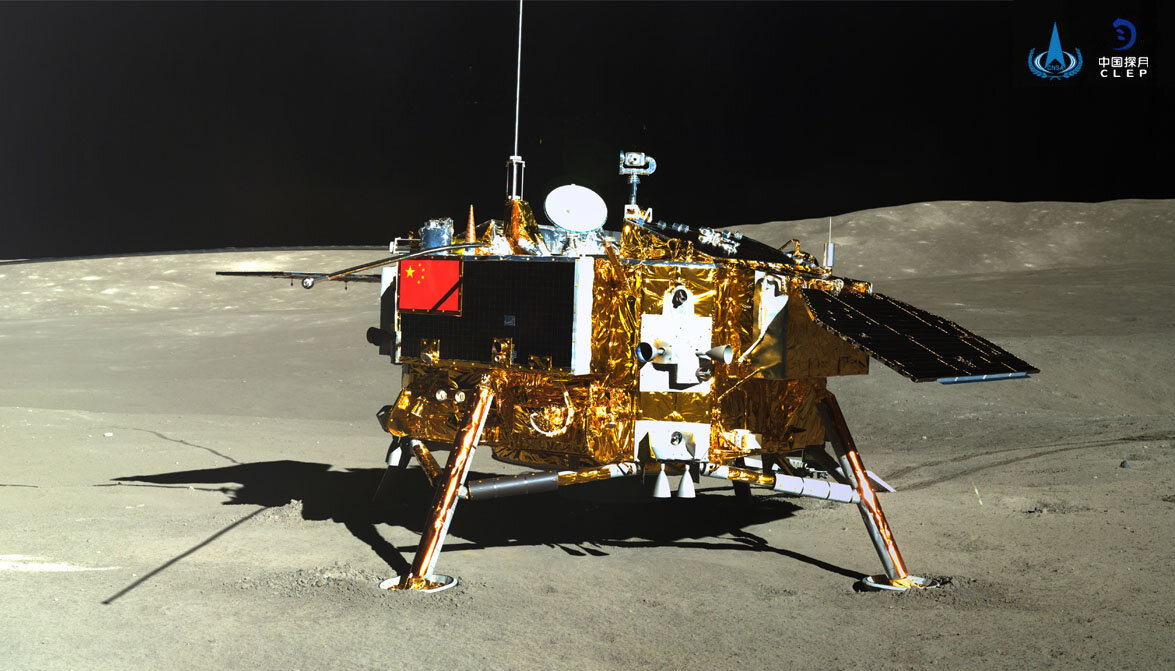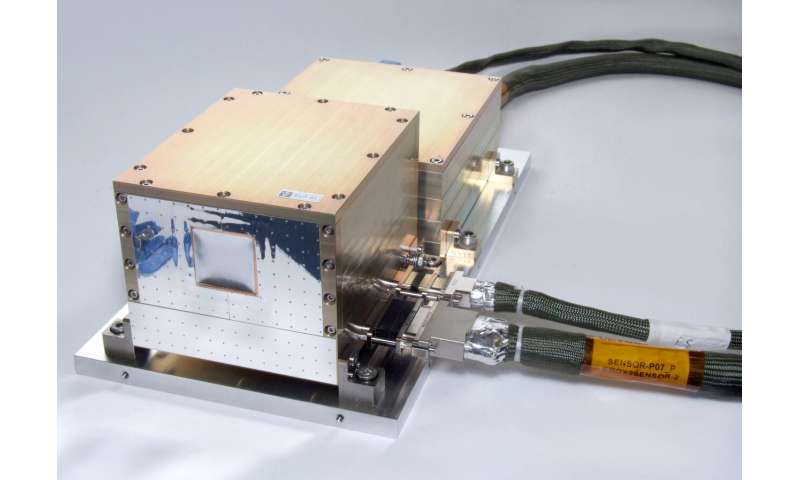#First measurements of radiation levels on the moon

“#First measurements of radiation levels on the moon”

In the coming years and decades, several nations are planning to send astronauts to the moon. But on the lunar surface, space radiation poses a significant risk. The Apollo astronauts carried so-called dosimeters with them, which performed rudimentary measurements of the total radiation exposure during their entire expedition to the moon and back again. In the current issue of the journal Science Advances, Chinese and German scientists report for the first time on time-resolved measurements of the radiation on the moon.
The Lunar Lander Neutron and Dosimetry (LND) was developed and built at Kiel University on behalf of the Space Administration at the German Aerospace Center (DLR). The measurements taken by the LND allow the calculation of the so-called equivalent dose. This is important for estimating the biological effects of space radiation on humans. “The radiation exposure we have measured is a good benchmark for the radiation within an astronaut suit,” said Thomas Berger of the German Aerospace Center in Cologne, co-author of the publication.
The measurements show an equivalent dose rate of about 60 microsieverts per hour. In comparison, on a long-haul flight from Frankfurt to New York, it is about five to 10 times lower, and on the ground well over 200 times lower. Since astronauts would be on the moon for much longer than passengers flying to New York and back, this represents considerable exposure, said Robert Wimmer-Schweingruber from Kiel University, whose team developed and built the instrument. “We humans are not really made to withstand space radiation. However, astronauts can and should shield themselves as far as possible during longer stays on the moon, for example, by covering their habitat with a thick layer of lunar soil,” explained second author Wimmer-Schweingruber. “During long-term stays on the moon, the astronauts’ risk of getting cancer and other diseases could thus be reduced,” added co-author Christine Hellweg from the German Aerospace Center.

The measurements were taken on board the Chinese lunar lander Chang’e-4, which landed on the far side of the moon on 3 January 2019. The device takes measurements during the lunar daylight, and like all other scientific equipment, switches off during the very cold and nearly two-week-long lunar night to conserve battery power. The device and lander were scheduled to take measurements for at least a year, and have now already exceeded this goal. The data from the device and the lander is transmitted back to Earth via the relay satellite Queqiao, which is located behind the moon.
The data obtained also has relevance with respect to future interplanetary missions. Since the moon has neither a protective magnetic field nor an atmosphere, the radiation field on the surface of the moon is similar to that in interplanetary space, apart from the shielding by the moon itself. “This is why the measurements taken by the LND will also be used to review and further develop models that can be used for future missions. For example, if a manned mission departs to Mars, the new findings enable us to reliably estimate the anticipated radiation exposure in advance. That’s why it is important that our detector also allows us to measure the composition of the radiation,” said Wimmer-Schweingruber.
S. Zhang el al., First measurements of the radiation dose on the lunar surface, Science Advances (2020). advances.sciencemag.org/lookup … .1126/sciadv.aaz1334
Citation:
First measurements of radiation levels on the moon (2020, September 25)
retrieved 25 September 2020
from https://phys.org/news/2020-09-moon.html
This document is subject to copyright. Apart from any fair dealing for the purpose of private study or research, no
part may be reproduced without the written permission. The content is provided for information purposes only.
For forums sites go to Forum.BuradaBiliyorum.Com
If you want to read more Like this articles, you can visit our Science category.



